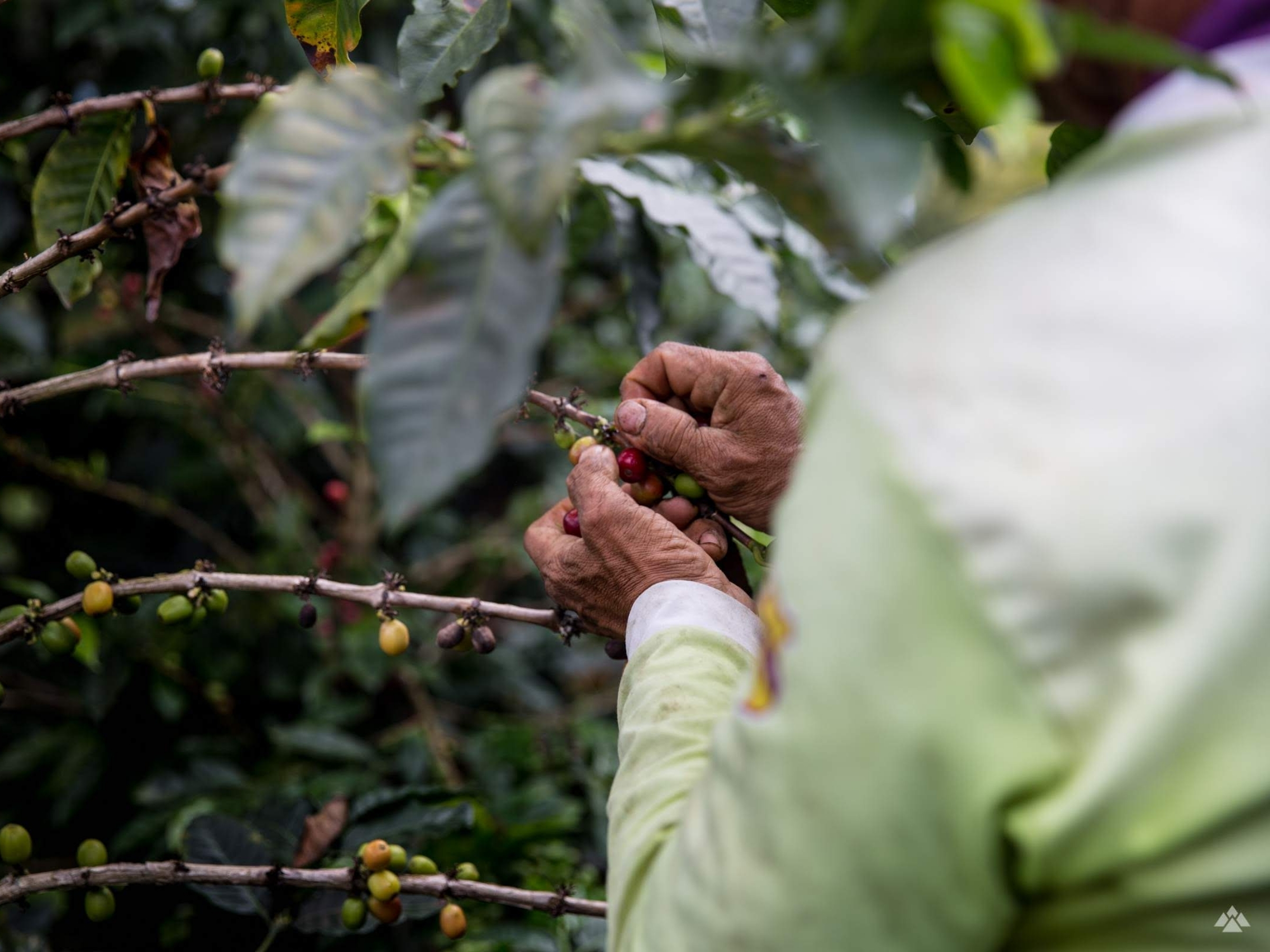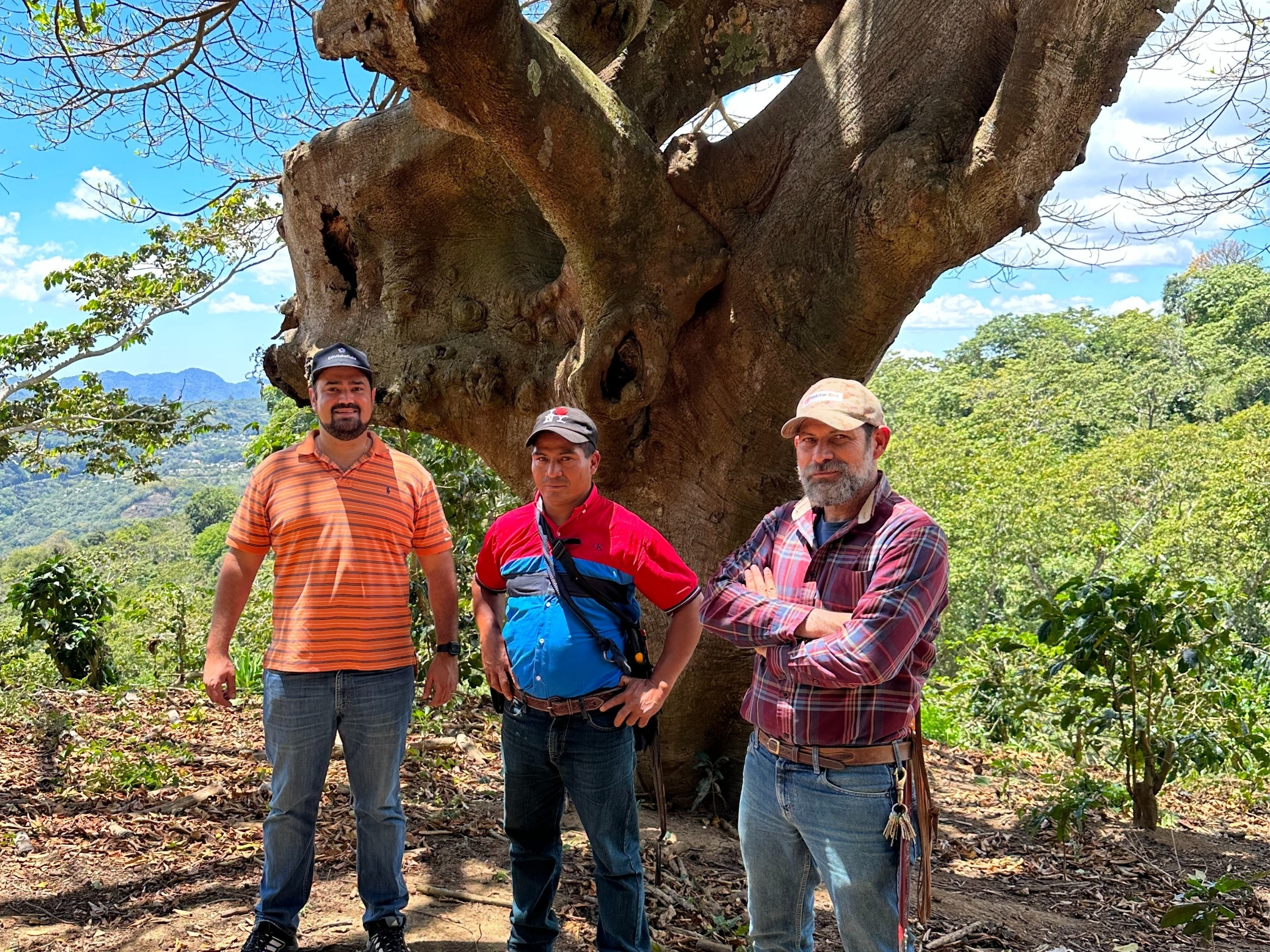Why your morning coffee just got more expensive (and what it means for everyone)
Thoughts from our Head Roaster, Jamie Tanner
Let me start by saying I'm not a stock market expert. But keeping an eye on coffee prices is part of my job, and lately those numbers have been hard to ignore.
You might have noticed prices creeping up in supermarkets and coffee shops. There's a story behind those numbers, and it affects everyone from coffee farmers in Brazil to your morning flat white.
It starts with the weather.
Coffee is a cherry that grows in the tropics, and it relies on predictable seasons. Those seasons are becoming anything but predictable. In Brazil, which produces about 40% of the world's coffee, last year's winter was brutal for the crop. Days that should have been around 20°C hit 28°C, whilst nights dropped to near freezing.
Picture cherries ripening perfectly on the tree, then suddenly baking in unexpected heat before they can be harvested. Entire crops dried out in the sun, becoming unusable. When Brazil struggles, the whole coffee world feels it.


This is where the market gets interesting.
Coffee trades on the futures market, rather like other commodities. Arabica coffee (the type we roast and most people drink) is bought and sold based on supply and demand, months before it actually changes hands.
Historically, coffee has traded between 100 and 150 cents per pound. That's roughly £2.20 to £3.30 per kilo. But back in February this year we saw spikes as high as 413 cents.
Recently, new tariffs pushed prices from 280 cents in August to 384 cents within weeks.
Global coffee consumption keeps growing, and when supply can't keep up with demand prices become volatile. It's simple economics, but the effects ripple through everyone involved.
Higher prices sound good for farmers though, right?
On paper, yes. In reality, it's more complicated. When market prices spike, some exporters become reluctant to pay at these inflated levels. So whilst the coffee exists, farmers can't always sell it for the higher price the market suggests they should.
There's another knock-on effect. When a farmer's income appears to increase, so do their costs. The local truck driver who transports their coffee might raise their rates. Suppliers increase their prices. More income doesn't always mean more profit, and farmers often find themselves back where they started.
We're hearing similar stories across different coffee-growing regions. It's a reminder that the supply chain is made up of real people, all trying to make a living.

So what happens next?
Honestly, no one knows for certain. What we do know is that the industry is adapting. Robusta coffee, which grows at lower altitudes and resists disease better than Arabica, is being taken more seriously as an alternative. Significant investment is going into developing new coffee varieties that can withstand unpredictable climates.
For us at Hot Numbers, it means staying vigilant about market trends whilst working hard to maintain the quality you expect at a price that feels fair. We're also developing projects that add more value to our coffee and services, supporting both our customers and the farmers we work with.
The bigger picture matters.
Climate change isn't just an abstract concept when it comes to coffee. It's affecting real crops, real livelihoods, and ultimately, your morning routine. Understanding these connections helps us all make better choices about the coffee we buy and the value we place on quality and sustainability.
If you'd like to chat more about coffee pricing or what's happening in the market, we're always happy to have that conversation over a cup of something good.

